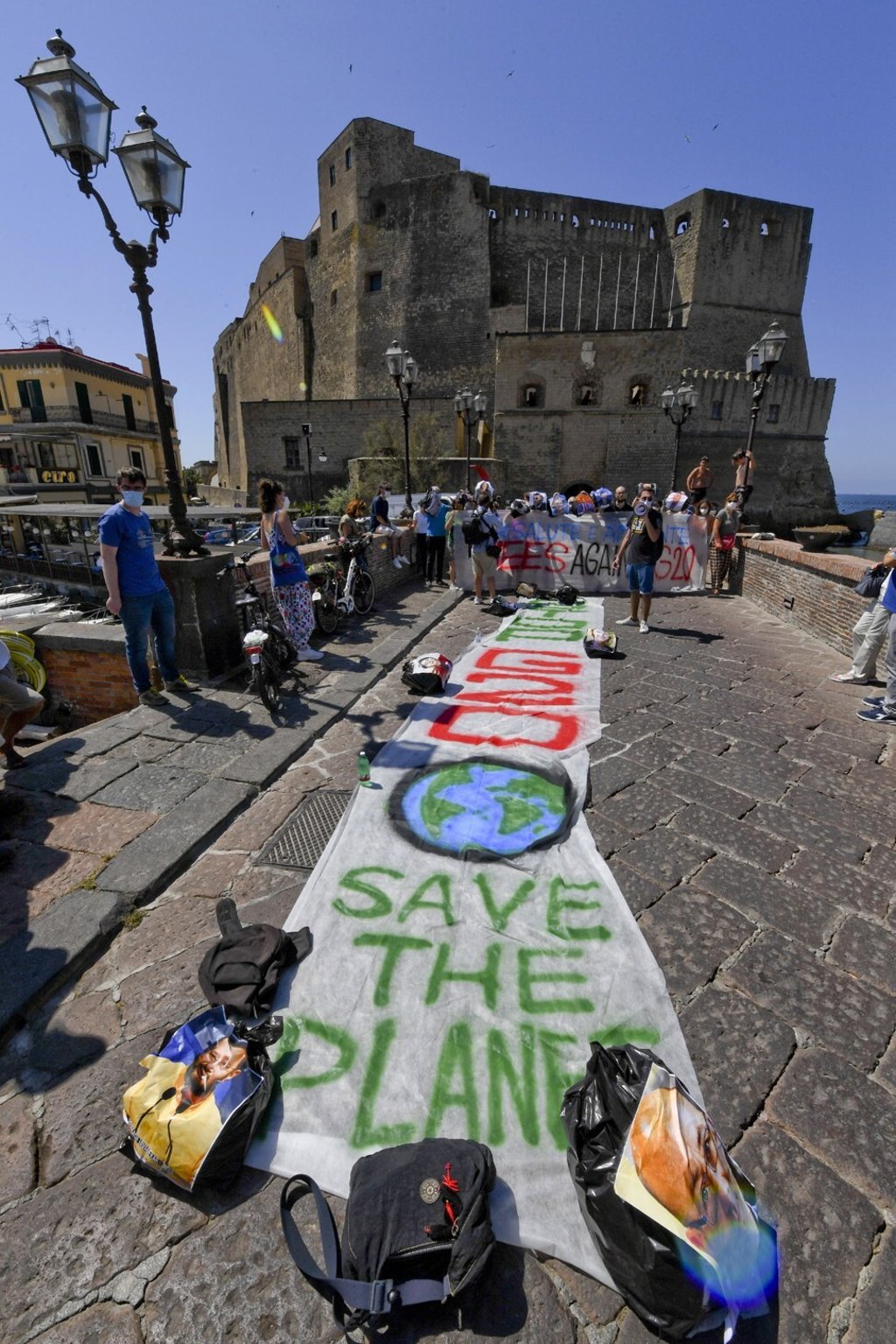As I see it | In bold first move, Singapore’s Temasek underlines urgency of climate crisis with internal carbon price
- Never mind its best performance in a decade, the state investor’s view of high-emissions projects as less attractive sets a vital example
- More firms such as Temasek should be persuaded to back carbon pricing, the single most important policy tool to restrict global warming

Temasek’s performance for the year to March 31 was in part thanks to multibillion-dollar stock market debuts by the likes of DoorDash and Kuaishou, tech firms on which it had previously placed bets.
With its net portfolio value rising to a record US$283 billion from last year’s US$214 billion, the company – majority owner of the likes of Singtel and Singapore Airlines – illustrated how markets are recovering even as the pandemic lingers.
But reading the annual report, it was not the headline figures that piqued my interest. Rather, I was particularly buoyed by Temasek’s revelation it had decided to set an initial internal carbon price of US$42 per tonne of greenhouse gas emissions.
This price will likely rise in the coming decade as “we get greater clarity on the economic and policy levers of change”, it said.
With a set internal carbon price, Temasek joins the growing league of major global firms that see high-emission projects as less attractive when they develop strategies and make investments.

